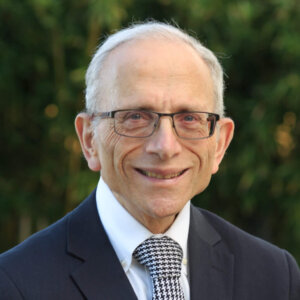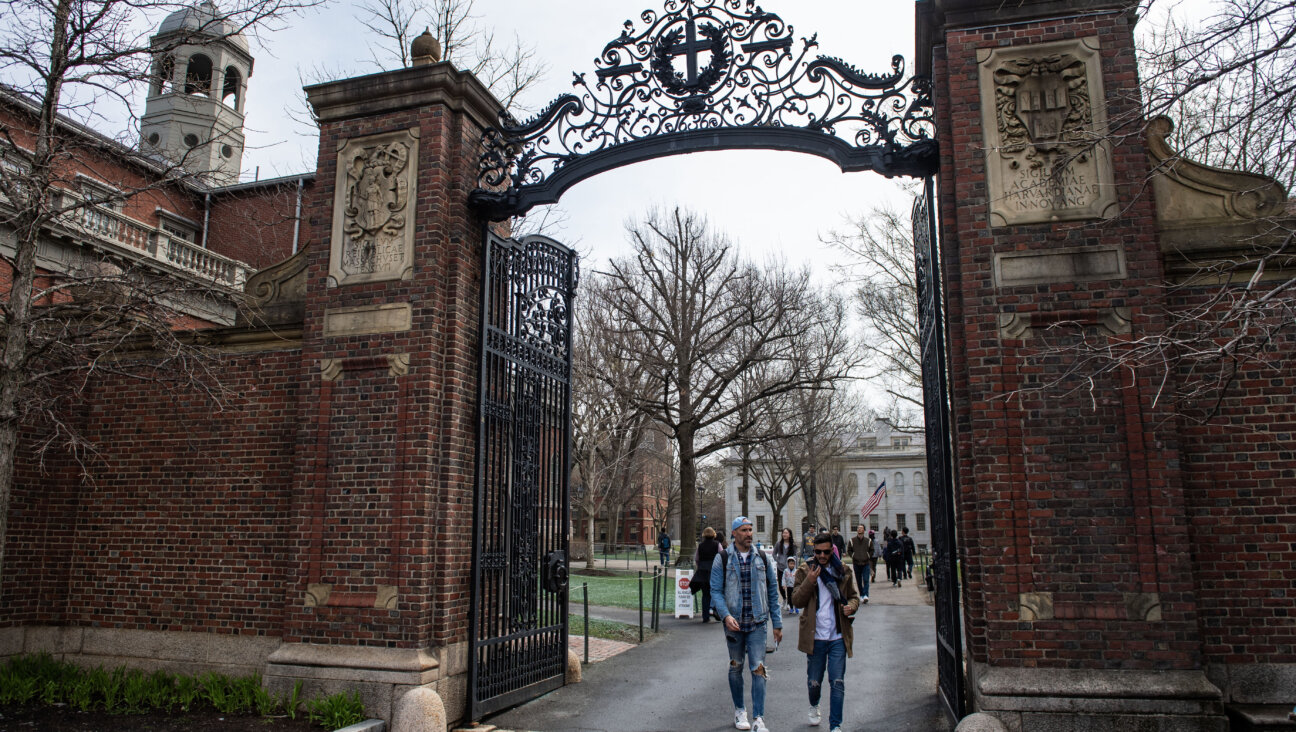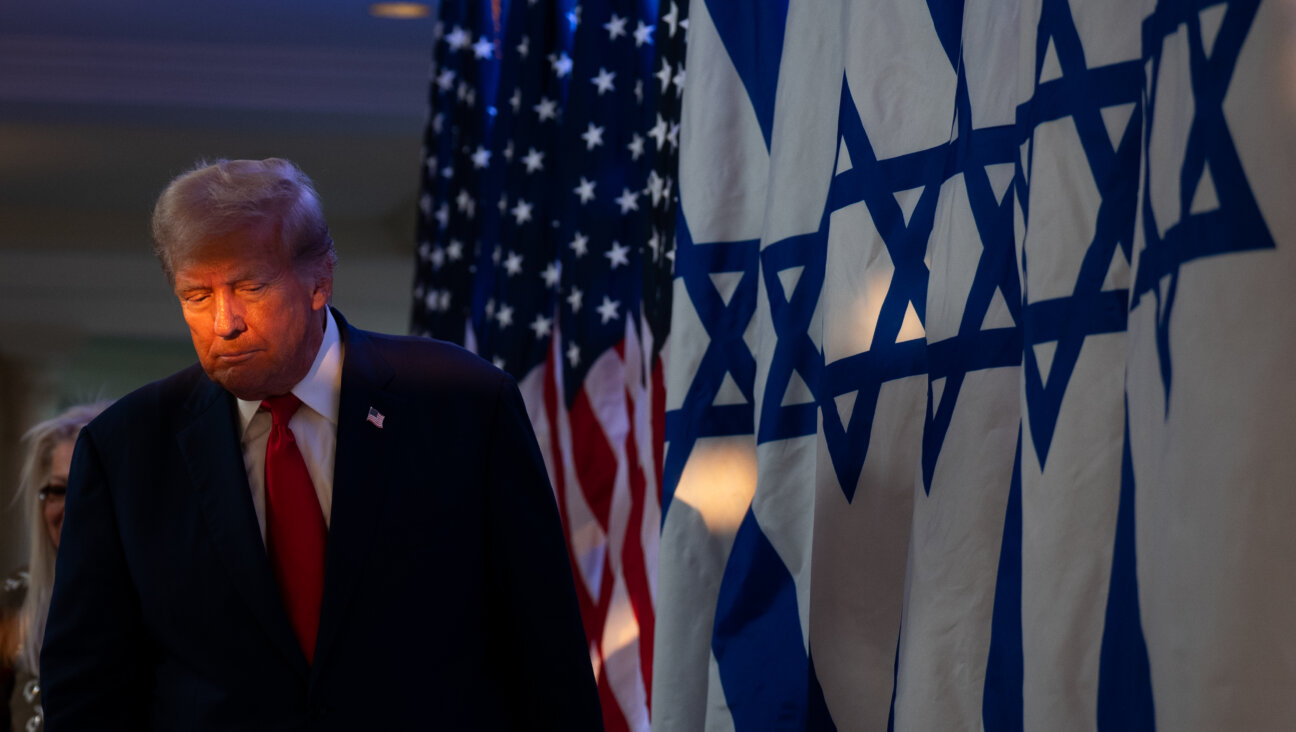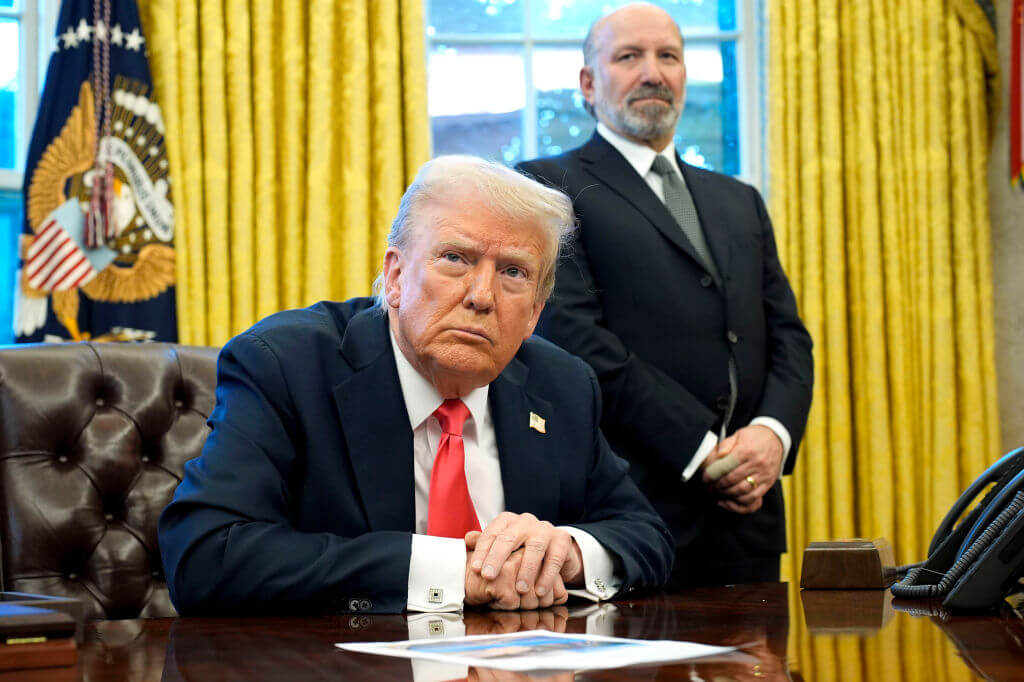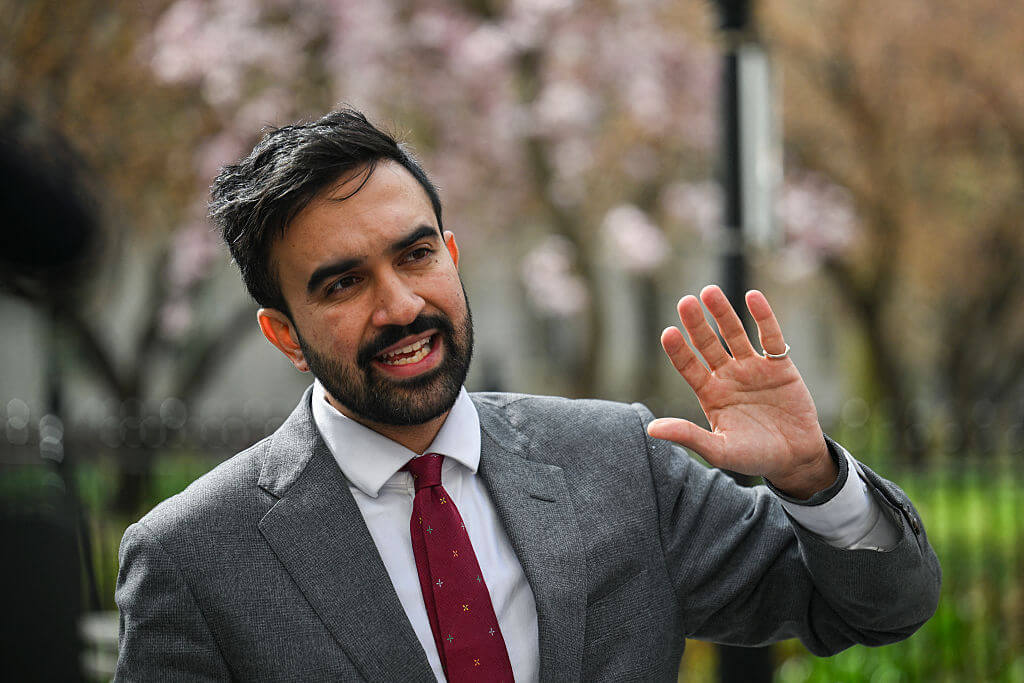New Museum on Independence Mall Is a Sign That Jews Have Arrived

The Divine Miss M: Bette Midler serenades the crowds at the museum gala November 13. Image by GETTY IMAGES
The first time I traveled to the National Museum of American Jewish History, I got lost.

The Divine Miss M: Bette Midler serenades the crowds at the museum gala November 13. Image by GETTY IMAGES
The museum, from its founding in 1976 until recently, shared space with Philadelphia’s venerable Sephardic congregation, Mikveh Israel. Its official address included the magical words “Independence Mall,” but in reality, the museum was tucked away onto a side street invisible from the Mall. At a mere 15,000 square feet, its aspirations as a “national museum” stood in stark contrast to its attainments. Like so many American Jewish institutions, it pretended to be a great deal larger and more formidable than it really was.
By contrast, the new National Museum of American Jewish History, which officially opened November 14, is easy to find. It fills 100,000 square feet and occupies prime real estate on Independence Mall. Its majestic building, designed by renowned architect James Stewart Polshek, stands directly opposite the Liberty Bell and just a stone’s throw away from the National Constitution Center. Back in 1790, the nation’s executive mansion, occupied by George Washington and his slaves, stood directly in front of the museum’s current home.
What does it mean to have a museum devoted to American Jewish history on such a site? Independence Mall, after all, is sacred space to most Americans. This is where the former colonies declared their independence, where the Continental Congress met, where the Constitution took form. Indeed, America’s most venerated founders trod the very ground on which the NMAJH history now stands.
Fear of profaning such hallowed ground probably would have, at one time, frightened away Jews from pursuing any plan to build a Jewish museum on Independence Mall. To avoid stirring up anti-Semitism, they would likely have advocated for a less demonstrative setting, perhaps on a side street or in a more Jewish section of town. A Jewish museum on Independence Mall, the tremulous would have warned, invites trouble, much like the proposed Islamic cultural center near ground zero in New York.
It is, therefore, a measure of how far American Jews have come, how much anti-Semitism has declined and how secure the Jewish community now feels that if any such fears were expressed, no notice whatsoever was taken of them. The new museum, in its prime location and through its eye-catching building, makes a bold statement. Nobody who walks the mall can miss it.
I was already chief historian of the NMAJH when the decision to move was made, and so far as I can recall, everyone expressed tremendous pride and excitement over the new site. We understood that this would be the most important Jewish cultural undertaking since the opening of Washington’s United States Holocaust Memorial Museum, in 1993. We looked upon it as an opportunity to make a bold statement about the American Jewish community and its relationship to those values that the Liberty Bell and the Constitution Center jointly represent.
Along with pride, however, came no small amount of trepidation. Could we create a museum that, in the words of the NMAJH’s tagline, would be both “distinctly Jewish and uniquely American”? Could we appeal to the mall’s millions of non-Jewish visitors? Could we mediate between those who sought a filiopietistic museum filled with tales of heroism and achievement and those who advocated for a much more critical museum focused on antisemitism, assimilation and other national and communal shortcomings? Could we satisfy a wide range of visitors, Jewish and non-Jewish, domestic and foreign? Could we, above all, do justice to 350 years of American Jewish social, political, economic, cultural and religious history in just three floors of exhibit space?
Knowing in advance that we would fall short in many ways, our decision was to focus the new museum on the theme of freedom. If the Liberty Bell and the Constitution Center reflect upon America’s ideals, then the new NMAJH, we concluded, should portray the realization of those ideals: how, in the case of the Jews, they worked out in practice.
As a result, the new museum stands in sustained dialogue with the hallowed sites that surround it. Exhibits such as those that depict Leo Frank’s lynching, social discrimination and anti-Semitic quotas provocatively challenge the noble dreams that the nation’s founders set forth in Philadelphia. The many portrayals of Jews who rose from rags to riches and found in America the opportunities denied to them elsewhere amply validate those same founders’ central and most cherished aspirations.
Freedom, of course, is rarely an unmixed blessing. The same freedom that created vast opportunities for Jews as individuals often posed enormous challenges to Jews as a community and to Judaism as a faith. We wanted to make sure visitors to the new museum thought about the responsibilities and choices that freedom entails. The core exhibit’s final panel, for this reason, declares, “Living in freedom is far from easy; uncertainties abound.”
Some have expressed surprise that Jews took to Independence Mall to educate visitors about the meaning of freedom rather than about more traditional subjects, like the distinctiveness of Judaism, the horrors of the Holocaust and the perils of prejudice. But that is entirely the point: The NMAJH represents a sharp break from decades of focus on Jews as victims and outsiders. It argues, instead, that Jews have arrived in America and feel confident enough to take pride in what they have accomplished under freedom, and to share those lessons with others. Gone are the days when Jews leave Main Street to the gentiles and hide themselves on hard-to-find side streets. Today, taking full advantage of the freedom that the museum itself celebrates, they can look down onto Independence Mall and America’s most hallowed ground.
Jonathan D. Sarna, the Joseph H. & Belle R. Braun Professor of American Jewish History at Brandeis University, is chief historian of the National Museum of American Jewish History and a contributing editor to the Forward.
The Forward is free to read, but it isn’t free to produce

I hope you appreciated this article. Before you go, I’d like to ask you to please support the Forward.
Now more than ever, American Jews need independent news they can trust, with reporting driven by truth, not ideology. We serve you, not any ideological agenda.
At a time when other newsrooms are closing or cutting back, the Forward has removed its paywall and invested additional resources to report on the ground from Israel and around the U.S. on the impact of the war, rising antisemitism and polarized discourse.
This is a great time to support independent Jewish journalism you rely on. Make a gift today!
— Rachel Fishman Feddersen, Publisher and CEO
Support our mission to tell the Jewish story fully and fairly.
Most Popular
- 1
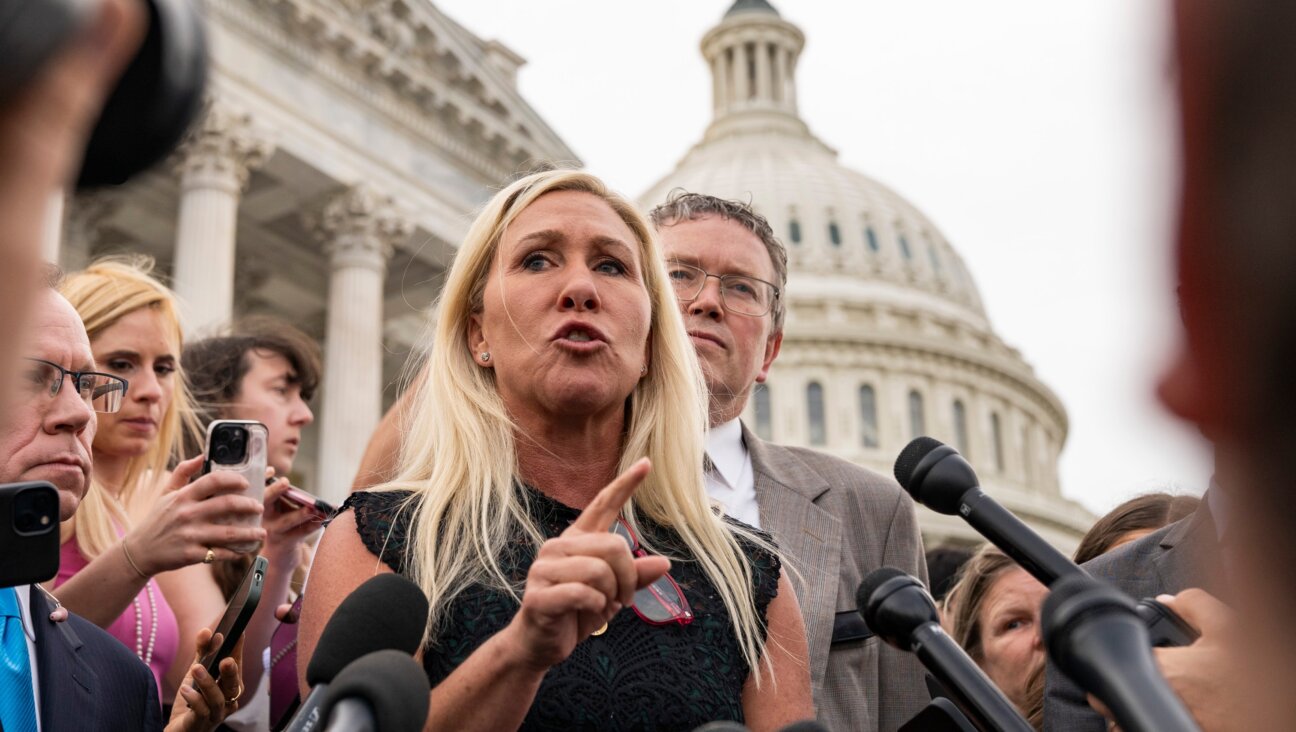
Fast Forward Why the Antisemitism Awareness Act now has a religious liberty clause to protect ‘Jews killed Jesus’ statements
- 2
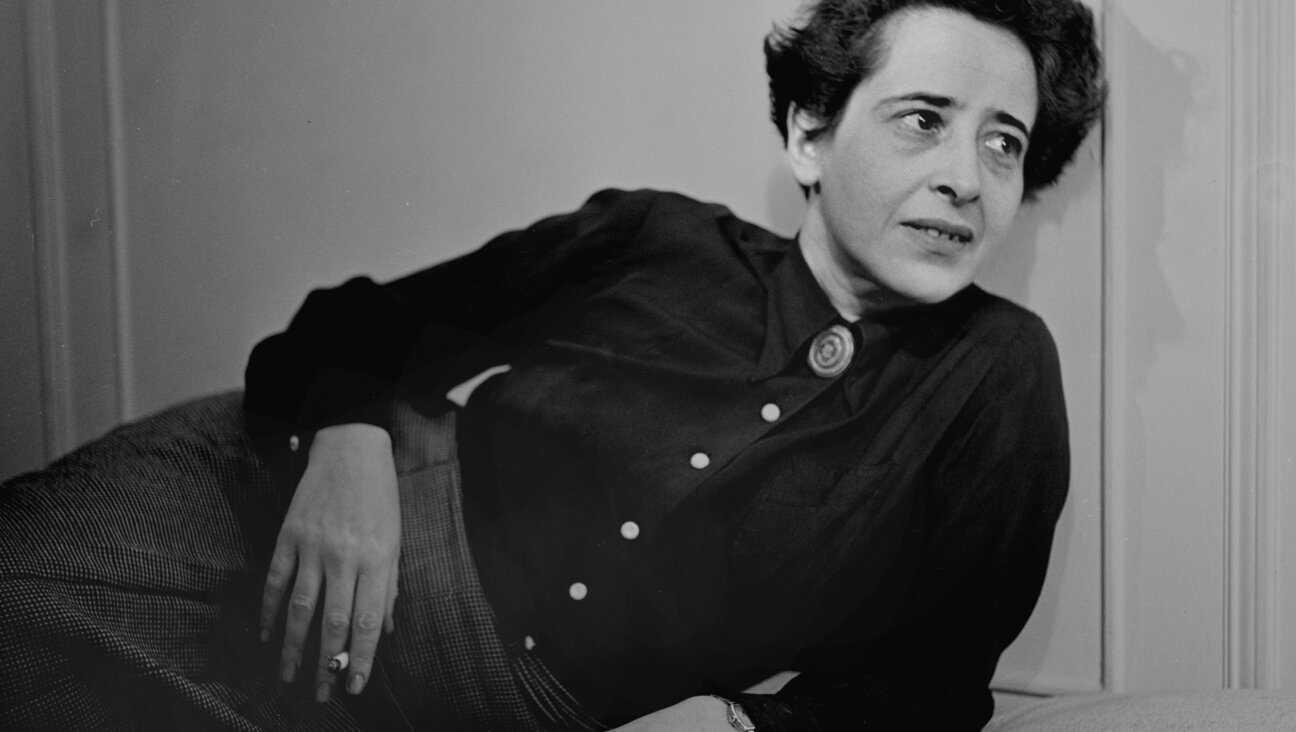
Culture Trump wants to honor Hannah Arendt in a ‘Garden of American Heroes.’ Is this a joke?
- 3
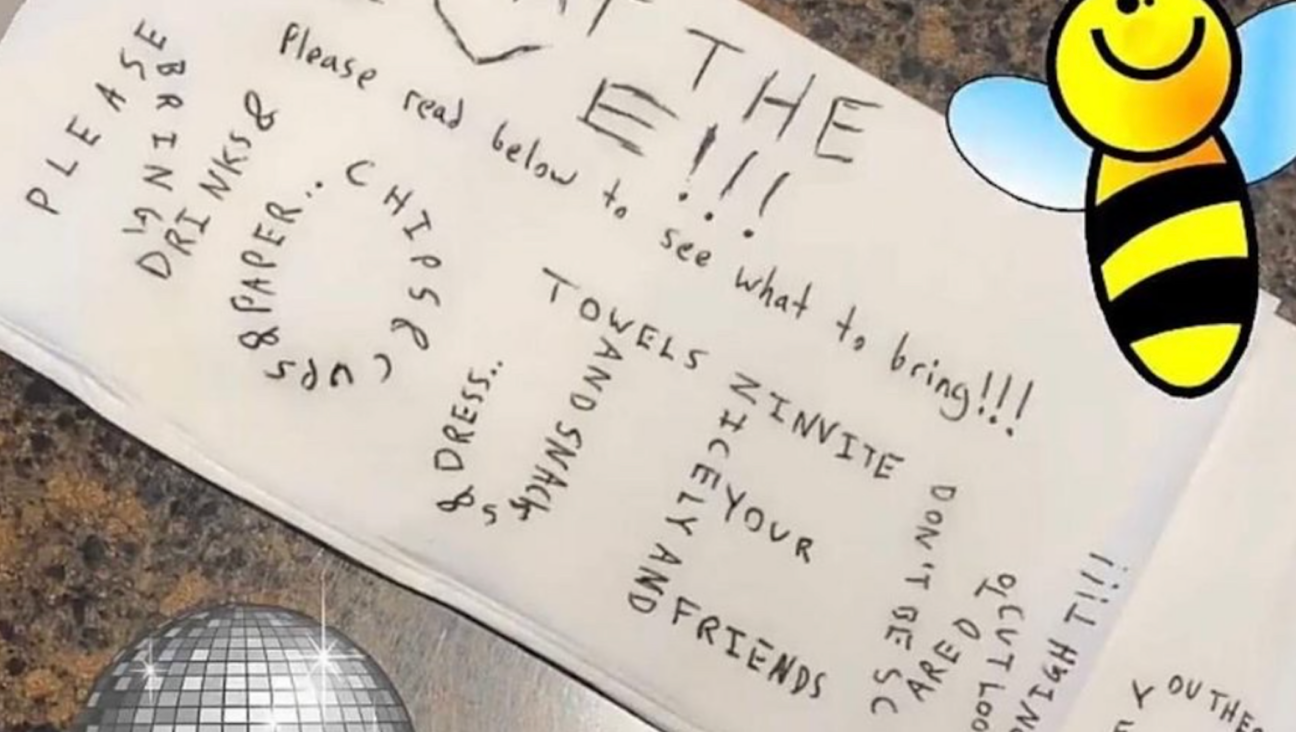
Fast Forward The invitation said, ‘No Jews.’ The response from campus officials, at least, was real.
- 4
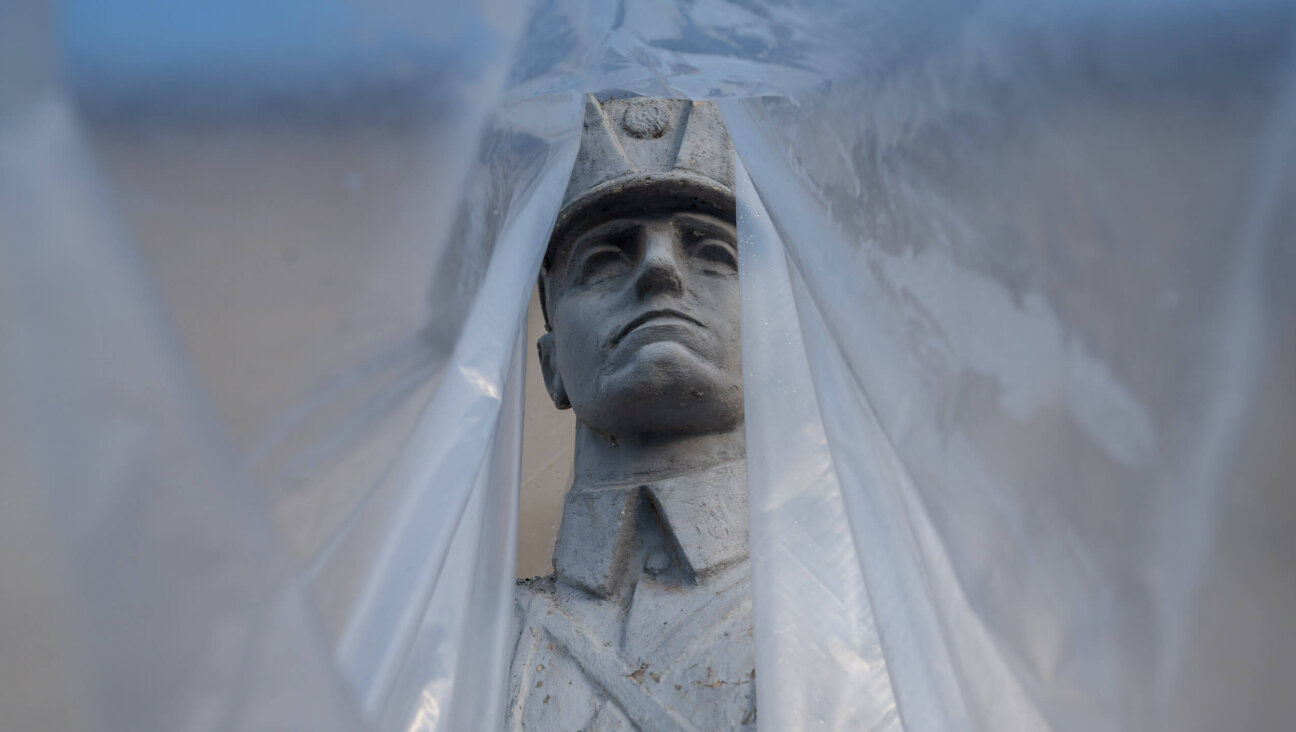
Opinion A Holocaust perpetrator was just celebrated on US soil. I think I know why no one objected.
In Case You Missed It
-
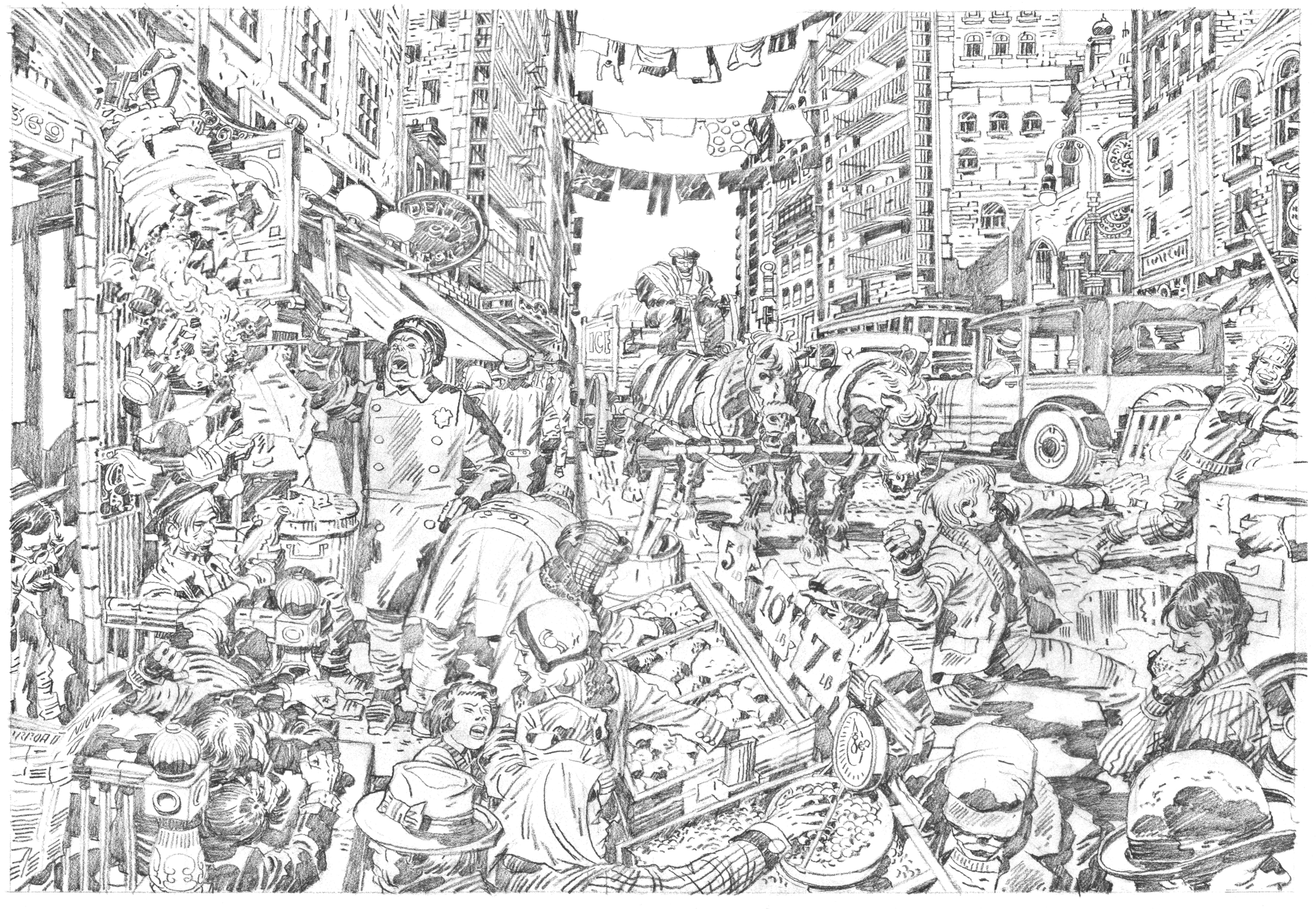
Art How a Lower East Side Jew conquered the multiverse
-

Fast Forward Right-wing activists riot outside Israeli-Palestinian memorial event at Reform synagogue in Israel
-
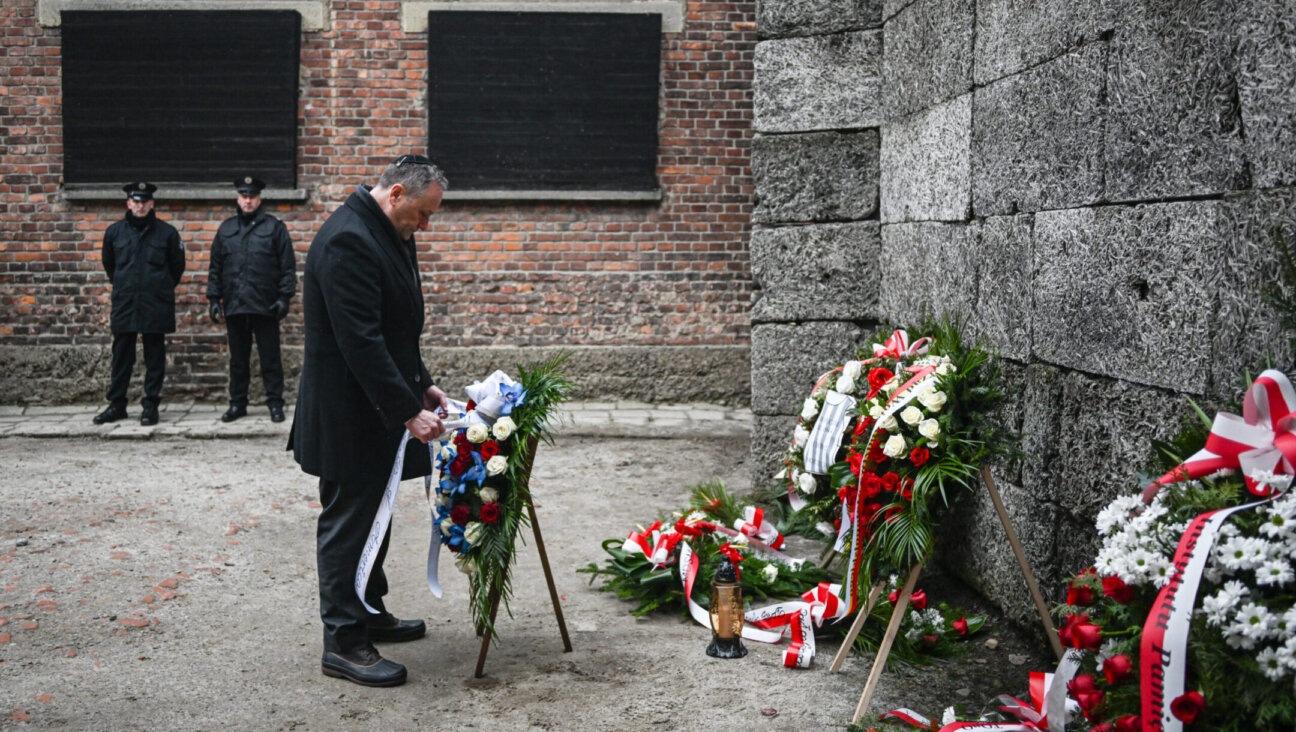
Fast Forward Trump fires Doug Emhoff from Holocaust Memorial Council
-
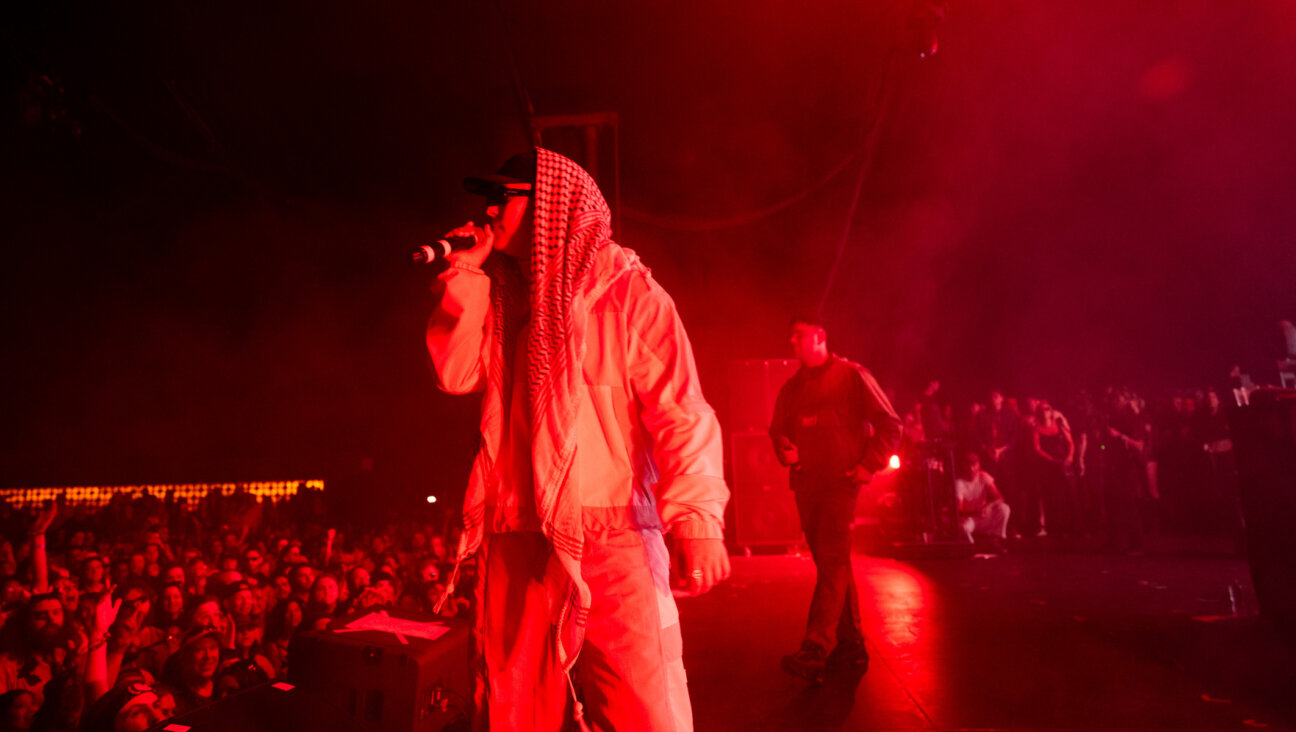
Fast Forward Facing police investigation, Irish band Kneecap denies supporting Hamas, Hezbollah
-
Shop the Forward Store
100% of profits support our journalism
Republish This Story
Please read before republishing
We’re happy to make this story available to republish for free, unless it originated with JTA, Haaretz or another publication (as indicated on the article) and as long as you follow our guidelines.
You must comply with the following:
- Credit the Forward
- Retain our pixel
- Preserve our canonical link in Google search
- Add a noindex tag in Google search
See our full guidelines for more information, and this guide for detail about canonical URLs.
To republish, copy the HTML by clicking on the yellow button to the right; it includes our tracking pixel, all paragraph styles and hyperlinks, the author byline and credit to the Forward. It does not include images; to avoid copyright violations, you must add them manually, following our guidelines. Please email us at [email protected], subject line “republish,” with any questions or to let us know what stories you’re picking up.



